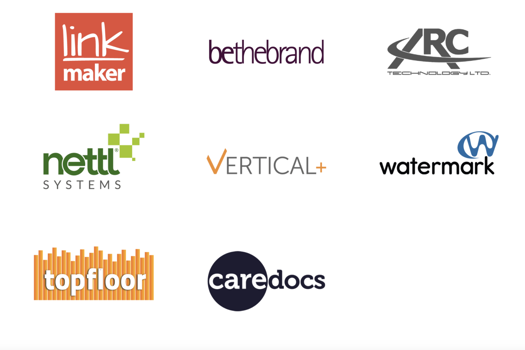The BPIF’s latest Printing Outlook, a quarterly published study of the health of the industry, found that following the effects of the Covid-19 outbreak in Q1 2020, it took until Q2 this year for significant improvements in workloads to come through now that lockdown restrictions are being lifted and more of the economy is opening-up.
As expected, Q3 experienced continued growth and increased activity levels and this trend is forecast to continue in Q4, despite challenges in the supply chain and significant input price inflation.
The survey found that 59% of printers managed to increase their output levels in the third quarter of 2021. A further 33% were able to hold their output steady, with the remaining 8% suffering a decline in output.
BPIF economist Kyle Jardine told Printweek: “Furlough has ended and therefore printers’ clients have employees back, the economy is kicking in again, and more work is getting generated and approved.”
Anticipated disruption from Covid isolation pings did not materialise to any great extent, and companies were able to navigate through the August holiday season without too much of a drag on production.
Strong activity levels are now expected to carry into Q4 as many printers remain positive about output growth towards the end of the year, particularly with the help from marketing activity surrounding Halloween and Christmas.
Output growth is forecast to increase for 48% of companies, while 42% predicted that they will be able to hold their output levels steady in Q4. That leaves only 10% that said they expected their output levels to decline.
Substrate cost was the top ranked business concern for printing companies for the second successive quarter, as selected by 85% of respondents. Access to skilled labour was the second ranked concern, chosen by 61% of companies, while energy costs was the third ranked concern, as selected by 55%.
Dealing with the economic impact of Covid-19 has fallen way down the list, with only 14% of companies selecting it.
A supply shortage of raw materials is now the most challenging issue affecting companies’ ability to recover from the impact of Covid-19. A ‘lack of demand’ was previously the highest selected operational challenge in Q1, as chosen by 60% of respondents at the time. However, this fell to 44% in Q2 and 23% in Q3 and is now only the fifth ranked challenge.
Concern over supply shortages of imported inputs and raw materials has increased to become the most selected challenge, as chosen by 68% of respondents, marginally ahead of the supply of domestic inputs. ‘Other cost pressures’ was the third ranked concern, as selected by 41% of respondents.
Companies across the industry are experiencing a significant and unprecedented level of cost increases across all major cost areas in their business, and the upward pressure is forecast to mount in Q4.
The BPIF said increasing paper and board costs continued to provide the most inflationary pressure in Q3, but that the current period remains characterised by unusually strong cost inflation across all areas.
“The industry historically has not been very good at passing on cost increases but with the current climate at the moment where it’s across the board, we’re finding that clients are aware of what’s going on regarding increasing costs,” said Jardine.
“So that’s why this time it seems that companies have been able to pass on more of the costs than they’ve previously ever been able to do.
“But there’s only so much you can do this; if costs continue to go up and up it gets more difficult to go back to clients and continue to put up costs. Obviously at some point there’s a concern that work levels will be held back as a result of it.”
The survey also found that following the ending of the furlough scheme, the vast majority (91%) of companies do not expect to make any redundancies before the end of December.
100% of businesses said they expected to have at least 50% of their employees who are currently working from home back in the office – at least to some regular degree – by the end of December.
Industry capacity utilisation continued to improve strongly, with October capacity utilisation greater than it was in July.
Finally, the number of printing and packaging companies experiencing ‘critical’ financial distress fell in Q3. Those experiencing ‘significant’ financial distress also decreased back towards more ‘normal’ Q3 levels.
The Q3 Printing Outlook survey was carried out during 1-18 October 2021 and received responses from 114 companies employing 7,328 people and with a combined turnover of £1bn.










